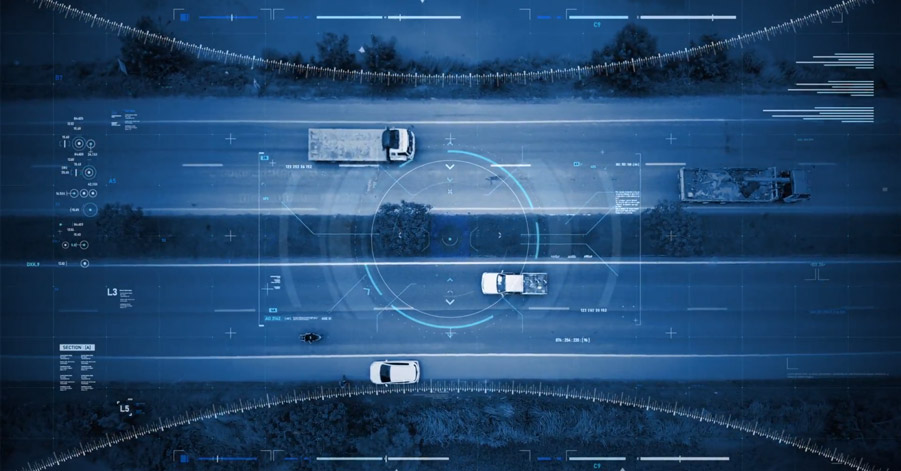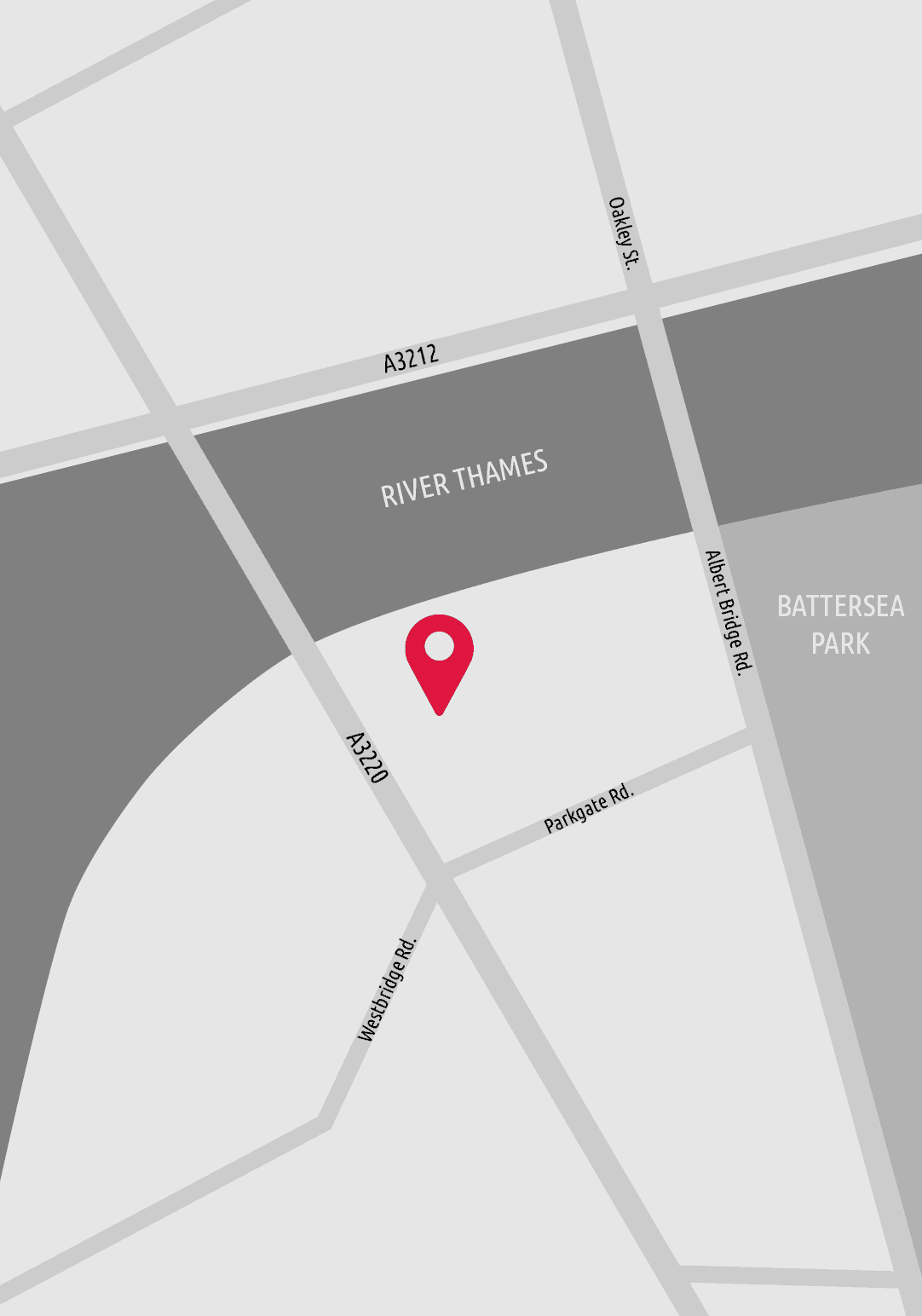The Covid crisis of 2020 has obviously changed daily life, but it's also changing companies' ideas about technology, and how more automation and more connectivity can help them stay productive during lockdown and social distancing.
I've written before about how IoT has its greatest potential impact in the sectors of retail, transportation and utilities. That's still the case, and in fact retailers have been among the first to investigate how IoT solutions can help them manage the new normal, including tracking occupancy levels and areas of people congestion in store.
Less contact, more connectivity
IoT's relevance as a business solution post-Covid is being felt by retailers of every size
What's interesting is that IoT's relevance as a business solution post-Covid is being felt by retailers of every size, not just by those who can invest in sophisticated systems across thousands of locations.
Contactless payments, for example, are rapidly becoming relevant even to the smallest retailers who may have traditionally relied on traditional fixed-line credit card machines or cash. As cash falls right out of favour for reasons of social distancing, SIM-connected credit card machines allow shops to accept contactless payments without the need for a fixed line. This means that even smaller businesses who don't have a permanent place of residence or who operate in pop-up shops or market stalls can go contactless safely.
Social distancing is also more easily enforced with self-service checkouts. Retailers who haven't yet adopted this technology are now being prompted to do so for multiple reasons: both to promote social distancing, and to help the organisation stay productive in the face of lower staffing levels, if employees need to self-isolate or become ill.
Autonomous vehicles and social distancing
In logistics and transport, autonomous vehicles may also be experiencing a bounce as companies investigate alternatives to crowded public transport and deliveries.
Vehicles driven autonomously would give more transport options to travellers, maintain logistics chains during lockdowns and eliminate any potential infection spreading through drivers.
Fleets of vehicles driven autonomously would give more transport options to travellers, maintain logistics chains during lockdowns and eliminate any potential infection spreading through drivers. These benefits may well smooth the path towards getting approval for driverless cars, assuming the technology is shown to be safe, effective and scalable. An article in the May issue of MIT's Technology Review described how China is already making use of autonomous vehicles to handle what it calls "frontline anti-epidemic work" like cleaning, logistics and transportation, deploying AVs to make food deliveries to hospitals and to disinfect roads.
Connected IoT intelligence for asset tracking and building management
At CKHIOD our research shows that transport and logistics are especially ripe for new IoT solutions that are as powerful as they are easy to use. In the coming months we'll be talking more about our work in this areato deliver solutions that make it easier for any business to keep better track of mobile assets such as vehicles, rubbish skips, and caravans.
Our enterprise customers have told us they want an all-in-one IoT solution that encompasses hardware, software intelligence and the connectivity that brings it all together, including user-friendly dashboards that reveal insights -- in the case of vehicle fleets, this will include driver behaviour data, fuel usage, opportunities for insurance premium reductions and more.
During Covid, building solutions have already delivered important business benefits, helping companies realise where systems like air conditioning or heating had been left on in buildings that were shuttered while employees worked from home.
When enterprises have the information available to them, it's straightforward to reduce both carbon output and cost, but it all begins with having that collated intelligence in front of them, and then taking the next step. For the rest of 2020 and beyond, enterprises will have a greater focus than ever on cost and rapid time-to-value for technology investments, and all the signs are that strategic IoT solutions have an important role to play.
For more information on IOT in the enterprise, see IOT: Good, Better and Beyond





